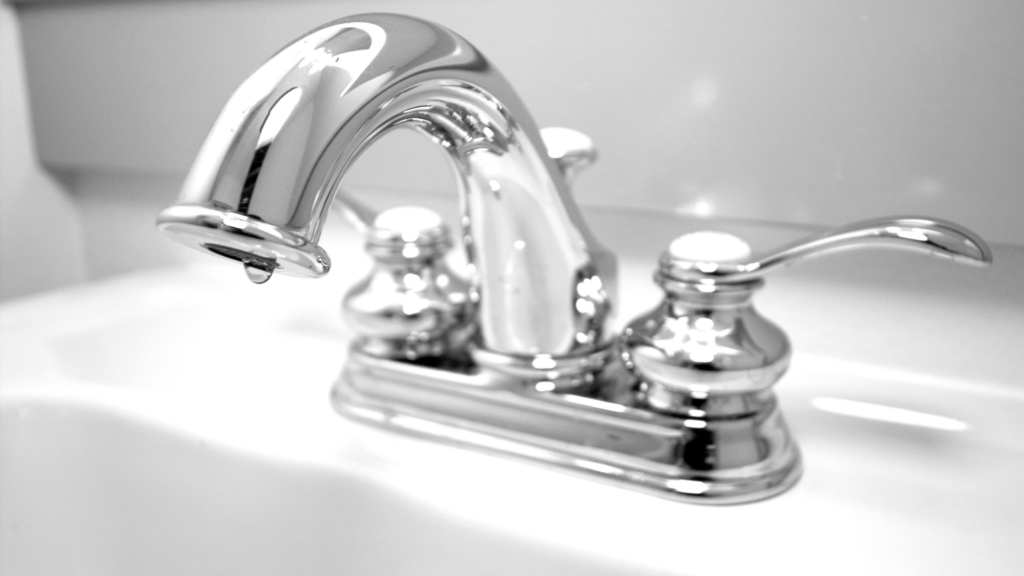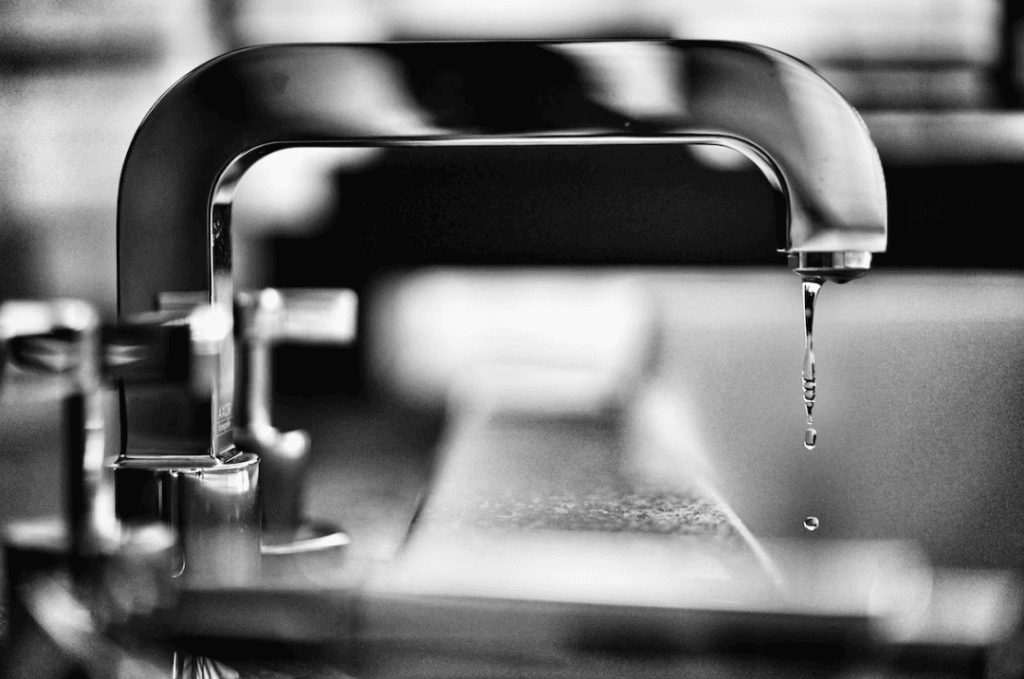Effects of a Leaky Faucet
Effects of a Leaky Faucet
Blog Article
The article following next relating to Potential Health Risks Associated With Leaky Faucets is especially captivating. Read it yourself and figure out what you think about it.

Introduction
A leaky tap might feel like a minor annoyance, yet its repercussions prolong far beyond the occasional drip. Comprehending the effects of a dripping faucet is essential for both house owners and the environment. In this write-up, we'll explore the different effects of this common home problem and why resolving it promptly is vital.
Causes of Leaky Faucets
Dripping taps can arise from a range of factors, including wear and tear, high water stress, and rust. With time, the continuous use of faucets can bring about damaged seals and gaskets, causing leaks to develop. Additionally, extreme water pressure can put stress on plumbing fixtures, resulting in leakages. Rust and rust can also deteriorate tap elements, making them prone to leak.
Water Wastage
Among one of the most substantial repercussions of a leaking tap is water wastage. Also a small drip can add up to gallons of drainage with time. This not only drives up water bills yet also contributes to water deficiency and ecological deterioration. Resolving leaking faucets promptly is crucial for preserving this valuable source and minimizing its effect on the world.
Financial Effect
Along with wasting water, leaky taps can likewise have a considerable economic effect. Increased water costs are a straight repercussion of water wastage, setting you back house owners thousands of dollars every year. In addition, the price of fixing water damage caused by leakages can be substantial, specifically if left neglected for a prolonged duration.
Environmental Impact
The environmental influence of leaking faucets prolongs beyond water wastage. By preserving water, house owners can contribute to broader initiatives to mitigate water shortage and secure all-natural environments. Sustainable alternatives such as rainwater harvesting and water-efficient components can further decrease the ecological impact of home water use.
Technological Solutions
Advancements in innovation have led to the advancement of clever taps and water-saving gadgets that help decrease water waste. Smart taps utilize sensing units to identify activity and readjust water circulation accordingly, decreasing waste without sacrificing comfort. Water-saving tools such as aerators and low-flow showerheads are additionally effective in saving water without endangering performance.
Worldwide Point of views
While leaking taps might seem like a local problem, they contribute to more comprehensive worldwide difficulties such as water deficiency and climate change. In regions already encountering water anxiety, every drop counts, making leakage prevention and fixing necessary. By taking on water-saving practices and buying sustainable innovations, property owners can play their part in resolving these pressing international issues.
Regulatory Steps
Federal government guidelines play an important function in mitigating the effect of leaking taps and promoting water preservation. From building codes that require water-efficient components to water-saving motivations and rebates, policymakers have a range of devices at their disposal. By applying and applying these laws, governments can ensure that property owners prioritize water preservation in their daily lives.
Neighborhood Effect
Resolving dripping taps calls for collective efforts at the neighborhood level. By increasing awareness concerning the significance of water conservation and offering sources for leak detection and repair service, local authorities can empower house owners to take action. Initiatives such as water-saving discount programs and leakage detection campaigns can incentivize habits modification and advertise accountable water usage.
Instance Researches
Real-life examples of the impact of leaky faucets highlight the importance of positive upkeep and timely repair services. From water damages to skyrocketing water expenses, the repercussions of disregarding leakages can be extreme. By sharing these case studies, property owners can much better understand the relevance of addressing leaking taps without delay.
Educational Campaigns
Educational campaigns play a vital function in raising recognition about the impacts of leaking taps and advertising water conservation methods. Through workshops, seminars, and on the internet resources, property owners can learn how to detect and repair leaks themselves. By equipping individuals with understanding and tools, educational projects can foster a culture of responsible water usage within communities.
Health Issues
Dripping faucets can produce favorable atmospheres for mold and mildew and mildew development, posing health threats to passengers. The visibility of mold can exacerbate respiratory system problems and allergies, specifically in vulnerable individuals. Furthermore, water damage arising from leakages can compromise the architectural integrity of buildings and cause pricey repair services.
Do it yourself vs. Professional Fixing
When confronted with a leaking tap, house owners commonly dispute whether to attempt repair work themselves or employ an expert plumber. While DIY fixings can save money, they may not always attend to the hidden concern efficiently. Professional plumbing professionals have the know-how and tools to detect and deal with leakages appropriately, making sure long-term services and peace of mind for homeowners.
Safety nets
Preventing leaky taps needs regular upkeep and proactive measures. Simple jobs such as changing worn-out washing machines and seals can protect against leaks from developing. Furthermore, upgrading to top notch components and decreasing water stress can aid lengthen the life-span of faucets and lessen the threat of leakages.
Conclusion
To conclude, the effects of a leaking faucet extend far beyond the occasional drip. From water wastage and raised water costs to health worries and ecological impact, the repercussions of ignoring leakages can be substantial. By addressing dripping taps quickly and embracing water-saving techniques, house owners can alleviate these effects and contribute to an extra sustainable future.
Why You Shouldn’t Ignore a Leaky Faucet in Your Home
What Causes a Leaky Faucet?
Various factors can cause a leak, from loose and worn-out parts to corrosion. Your faucet has four essential components from which most plumbing issues will stem: the O-ring, the valve seat, the washer and the gasket.
What Is an O-Ring?
The O-ring is a stem screw that fastens parts of the faucet in place, preventing water from leaking out of the spout. Depending on your faucet type, the stem might have multiple O-rings. Water will drip from the faucet’s handles and base if this part breaks or deteriorates.
What Is a Valve Seat?
The valve seat controls the flow and temperature of the water. Found at the base of the handle, it works as a seal for the faucet’s stem. The valve seat ensures the water is allowed to flow or is blocked as the handles dictate. You’ll know it’s malfunctioning when water leaks from your faucet’s sides.
What Is a Gasket?
The gasket is found between the water inlet and the valve stem. It creates a seal between the faucet and the sink, holding its joints by aerators attached to the stem’s head. Water will trickle out from the base if the gasket isn’t working.
What Is a Washer?
The washer secures the handles and prevents leakage, serving a similar purpose to the O-ring. While the O-ring is ordinarily round and made from an elastic material, such as rubber, the washer is square-shaped and composed of brass, copper and other hard metals. If it malfunctions, corrodes or has been improperly installed, water will leak out of the handles, causing that incessant faucet drip.
Why Is a Leaky Faucet Dangerous?
A leaky faucet left alone for too long can have significant consequences.
Pest Infestations
Since bugs and rodents gravitate towards the scent of water, a leaky faucet will draw pests to your sink. Both are looking for leaks accessible through crawl spaces, which a faucet provides. If you leave water dripping for too long, you run the risk of an infestation.
Rust
If one of the faucet parts has started to corrode, the resulting rust can spread to your pipes and valves with startling speed. The rust might even lead to cracks or other impairments, resulting in more severe plumbing issues.
Your sink could also sustain damage from a leaky faucet. The water in your tap possesses sparse elements of calcium and iron that can stain your sink with repeated and prolonged exposure. Once those elements in the water have been open to the air for some time, your sink will start to rust, creating marks that can be difficult to remove.
https://www.tomsmechanical.com/blog/why-you-shouldnt-ignore-a-leaky-faucet-in-your-home

Hopefully you liked our post about How to Fix a Leaky Faucet. Thanks so much for spending some time to read through our post. Appreciated our write-up? Please quickly share it. Help another person check it out. Thanks a lot for being here. Kindly stop by our site back soon.
Report this page